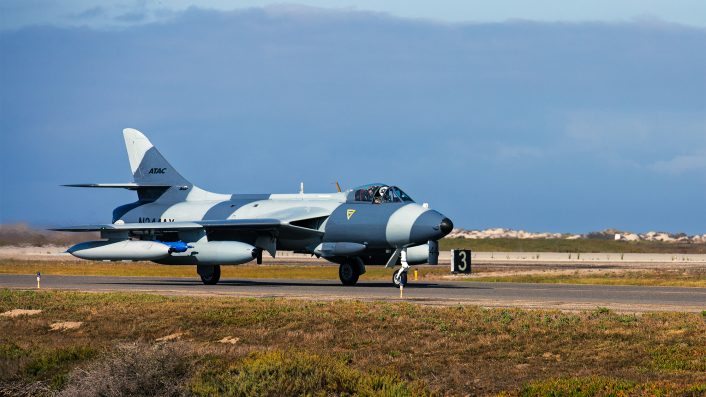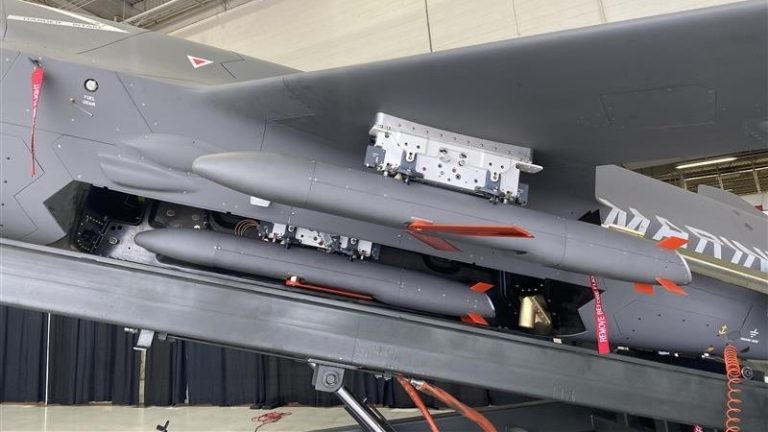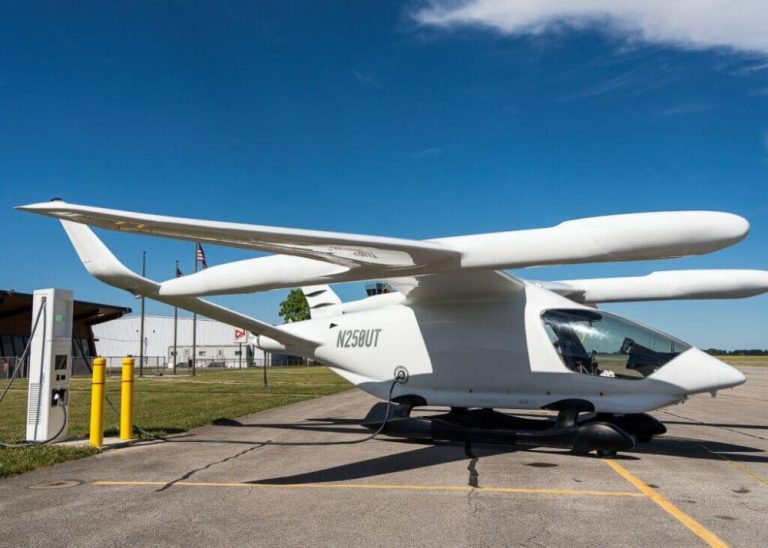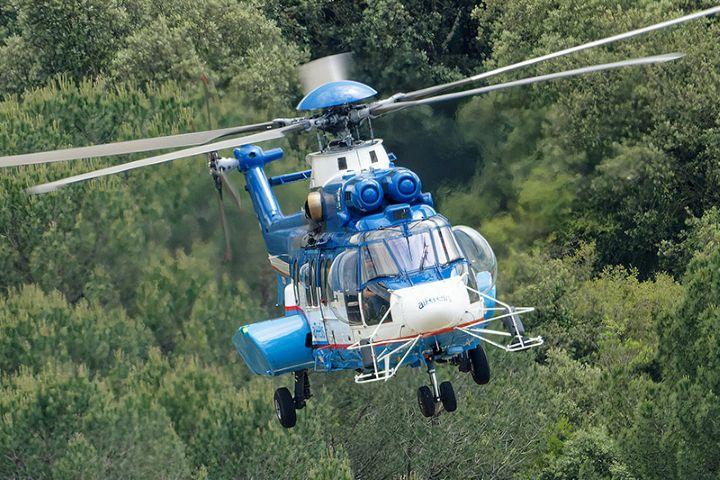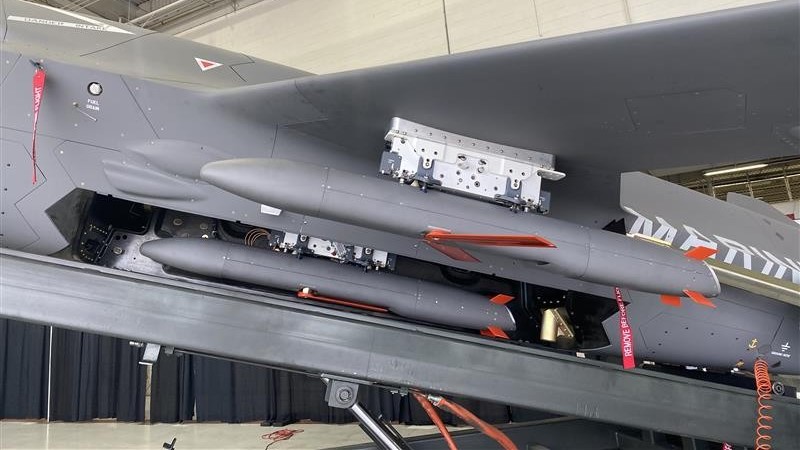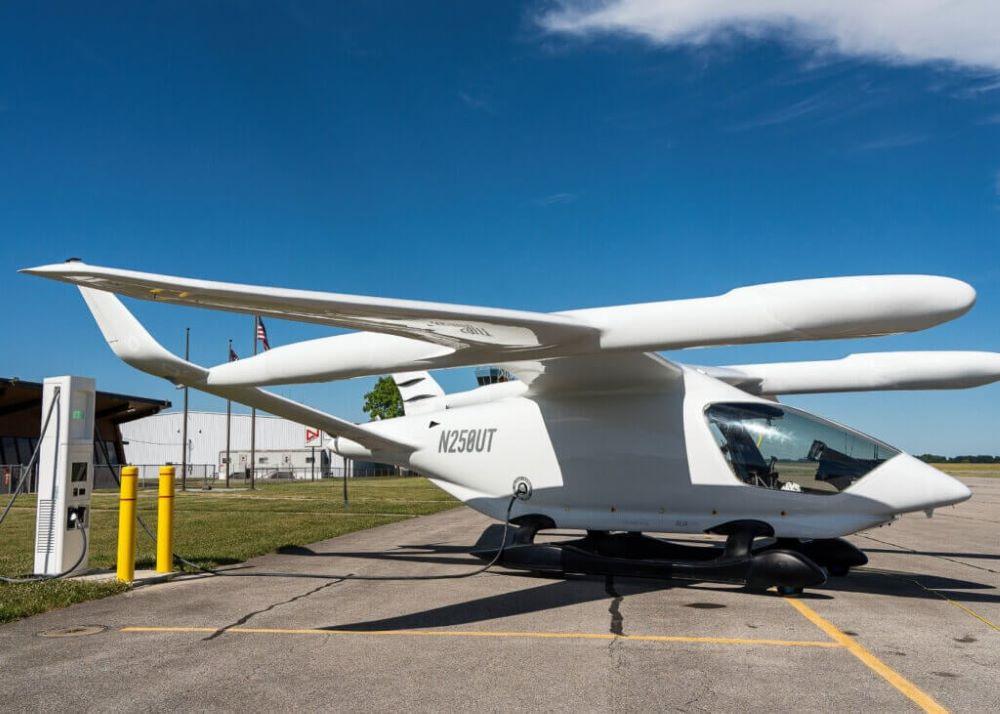A Hawker Hunter owned by civilian contractor ATAC crashed into the sea off the Californian coast on Oct. 15. Local news reports state that the pilot was recovered with serious injuries.
The aircraft involved, callsign ATAC 12, was operating with another Hunter, callsign ATAC 11, when the incident unfolded. No details are yet apparent as to the cause of or circumstances regarding the crash.
ATAC, or Airborne Tactical Advantage Company, operates a fleet of over a dozen vintage Hawker Hunter jets which are utilised regularly as part of their contracted provision to military and government customers, including the U.S. military. The company describes the Hunter, which originally entered service with the Royal Air Force as a frontline interceptor in the 1950s, as a “versatile opponent” and employs the type in both air to air and air to surface aggressor roles during exercises.
Thanks to recordings made by Twitter/X user Aeroscout, we are able to piece together at least some information about what happened. After ATAC 12 went down, ATAC 11 circled the crash site and made air traffic control aware of the incident by relaying messages through nearby civilian aircraft. An MH-60S Seahawk search and rescue (SAR) helicopter was soon scrambled from Naval Air Station Lemoore, which maintains a permanent station SAR flight for such occasions.
An ATAC Hawker Hunter, “ATAC12”, went down off the coast of Big Sur this afternoon.
The screenshot shows “ATAC11” N326AX in a low orbit over the site of the downed “ATAC12” (not visible)
“RESCUE04”, a NAS Lemoore SAR MH-60 responded and transported pilot to Stanford.
Listen 👇 pic.twitter.com/dn85xDavJQ
— Aeroscout (@aeroscouting) October 15, 2025
The MH-60 was able to recover ATAC 12’s pilot from the water, presumably having ejected from the aircraft. Quoting the U.S. Coast Guard, local news station KSBW Action News 8 reports that he was transported to Stanford Medical Center and that his present condition is unknown, though he is understood to have suffered a serious spinal injury.
The incident occurred shortly after 11:00am Pacific Standard Time (PST), or 18:00 UTC, a few miles from the Big Sur coast in central California. A 7700 ‘general emergency’ squawk was transmitted by ATAC 11 from around 11:25am PST as it continued to circle the area of the crash. The seas and airspace off California are extremely busy focal points for military training, exercises, and trials, and it is not uncommon to see ATAC’s Hunters and other aircraft operating in this area on a near daily basis.
ATAC Hawker Hunter out of NAS Point Mugu. #ADSB #A3AFE6 pic.twitter.com/MZqOKRLXgl
— Amelia Smith (@ameliairheart) March 8, 2021
This is not the first incident for ATAC involving a Hawker Hunter. At least nine previous incidents involving the type in ATAC’s service are recorded by the Aviation Safety Network, with at least four of these involving the total loss of an airframe. In two of these instances the crashes were tragically also fatal. The mention of a spinal injury in this latest example is reminiscent of the 2018 loss of a Hunter off the coast of Hawaii, where the pilot attributed the spinal injury he had sustained to the aircraft’s older style ejection seat. As an early generation seat, relying on less advanced technology, the ejection experience is far more taxing on the human body compared to current generation seats with modern technology and materials.
As ATAC 12 was not visible on aircraft tracking platforms at the time of the crash, the exact identity of the aircraft involved is not presently known. ATAC operates single seat Hunter F58s, which were formerly Swiss Air Force airframes, as well as a handful of twin seat variants. The Hunter is also operated in the UK by Hawker Hunter Aviation, who provide similar contracted services to the British Ministry of Defence.
2023-04-24 厚木基地
Airborne Tactical Advantage Company
ATAC MK-58 Hawker Hunter
N321AX , N322AX pic.twitter.com/ZIjlnL5vrO— はーむ (@MomoAtsugi) April 25, 2023
This article covers a breaking news story, and will be updated as and when new information is available.

